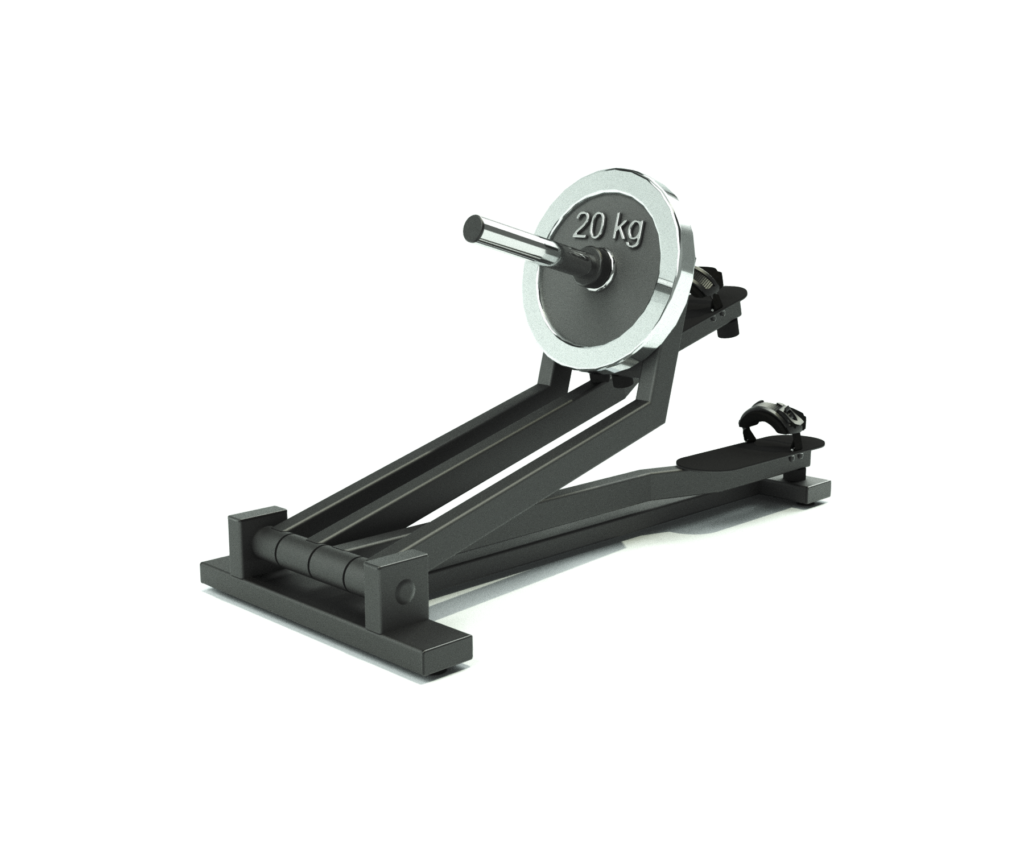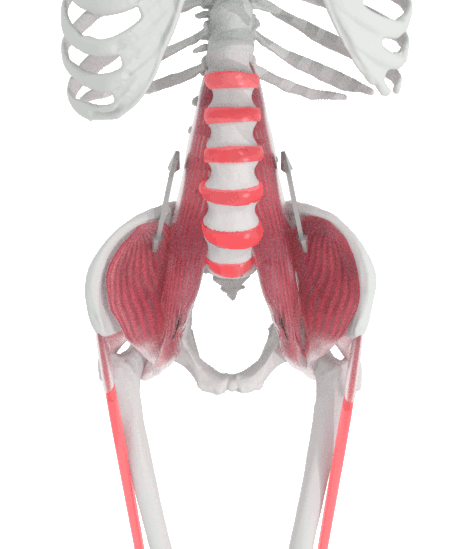Method
- Home
- /
- Method
About the method
New Motoric Schemas method (NEMOS) uses technique of multijoint resistance training to reduce muscle asymmetries and consciously interfere in global motoric schemas. The method was created as an answer for pain symptoms and other health issues resulting from impaired muscle balance in pelvis girdle stabilizing muscle group, such as:
• Chronic low back pain
• Invalid muscle tension scheme characterizing most posture defects
As well as in other regions:
• Increased ankle joint mobility
• Post maternal low muscle tension in abdomen and pelvic floor muscles

It is a new approach to the problems of muscle asymmetry in the context of posturology. The method is currently a subject of studies within the doctoral dissertation titled ‘Study of the impact of the hip flexors and extensors resistance training on Human motor system’ carried out in the Department of Biomechatronics at the Faculty of Biomedical Engineering of the Silesian University of Technology. The diploma is realized in international cooperation. Part of the work is carried out as a grant project as part of a pro-quality competition for funding ground-breaking research, as part of the Excellence Initiative – Research University program.

Training

Each training consist of stimulus, regeneration and adaptation phase. The regeneration period lasts from one day up to several weeks depending on advancement level and training intensity. This phase usually lasts no longer than 72 hours in untrained people. During this time an increased muscle stiffness and tension of stimulated muscles can be observed. The pain symptoms may also slightly intensify. Muscle adaptation phase begins when the healing process in tissues is complete. It can be observed as an increase in muscles performance in tasks convergent with the initial exercise stimulus. At this point, the muscle tension decreases below the pre-training state.

Each movement can be considered as a training if performer regularly and with the aim of improving the specific motor ability. Muscles consist of different muscle fibers mosaic which proportions determine each muscle characteristics. Resistance training specificity derives from the stimulus type and the character of its influence on muscle morphology and physiology. Fast-twitch muscle fibers are responsible for activity of targeted muscles. They are characterized by higher excitation threshold than the slow-twitch fibers handling the stabilizing function. Change in the proportion of different fiber types in muscle for the advantage of fast-twitch fibers is the result of resistance training. It can be observed in metabolism changes in the direction of adjustment to the phasic activity of increased effort short episodes. The morphological adaptation, called hypertrophy, can also be noticed both in the muscle length and cross section.
NEMOS.1

NEMOS.1 is a hip flexion resistance training device. It consists of feet bindings, connectors and resistance mechanism.
Currently available device version uses the mechanism of free external load in the form of standard size weight plates. NEMOS.1F.H home version is designed to work with the 28mm plates and the NEMOS.1F.S studio version uses Olympic 50mm weight plates. The equipment was designed according to the standard PN-EN-ISO-20957.
NEMOS.1 device should be used as a typical resistance training equipment with the aim of maximizing muscle hypertrophy. Due to the trained muscle region specificity the overtraining should be especially avoided. 60% 1RM (One Repetition Maximum) is a minimal recommended training load for untrained people.


